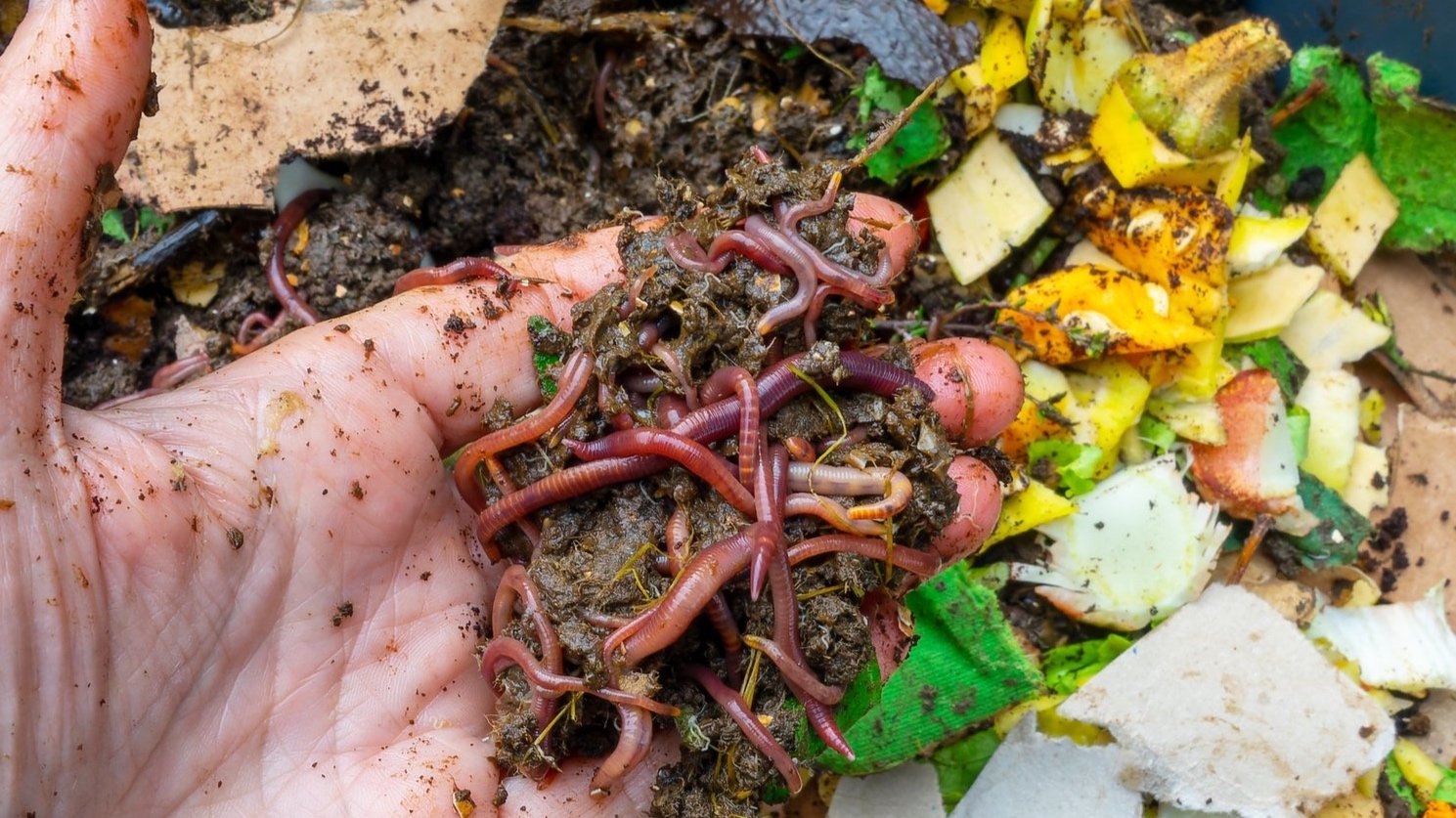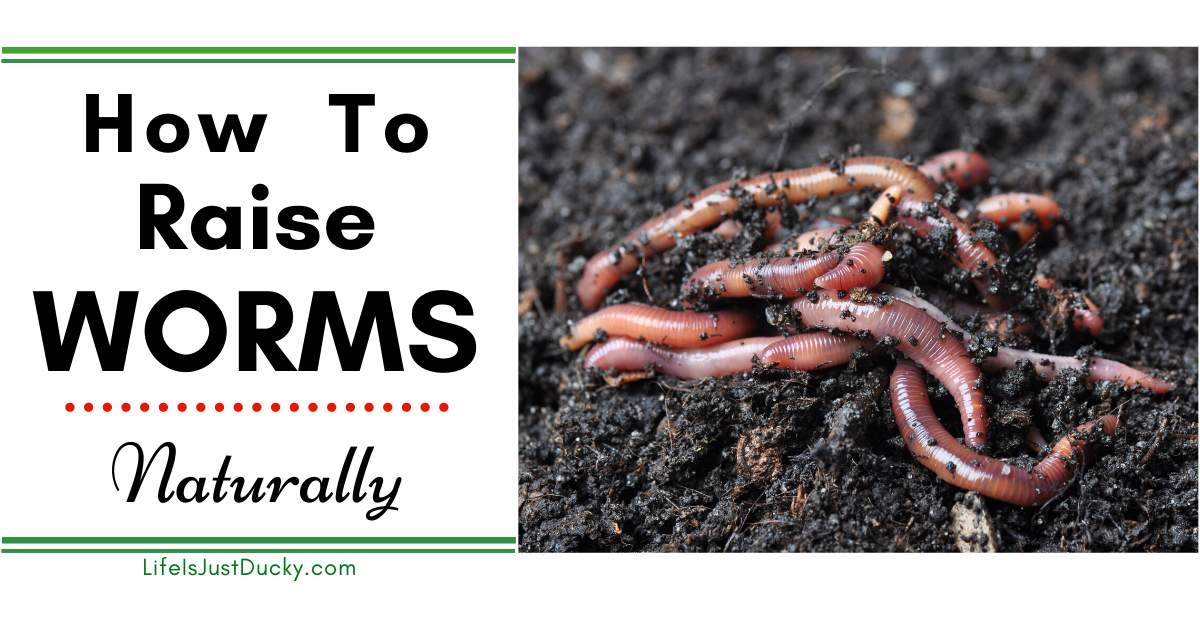Harnessing the Power of Red Wiggler Composting: A Thorough Take A Look At the Environmental and Agricultural Conveniences of This Natural Waste Reduction Method
The method of red wiggler composting represents a compelling crossway of ecological stewardship and farming technology, supplying a lasting solution to the growing challenges of waste management and soil degradation. Through the natural process of vermicomposting, organic waste is transformed right into a valuable source that not just improves dirt yet additionally adds to a substantial decrease in garbage dump contributions and greenhouse gas discharges. As we check out the multifaceted benefits of this method, we reveal just how it can improve agricultural methods and promote ecological recognition, motivating a more detailed assessment of its prospective effect on our communities and ecosystems.
What Are Red Wiggler Worms?
Red wiggler worms, medically called Eisenia fetida, are a types of earthworm specifically adjusted for composting and natural waste break down. These worms thrive in the nutrient-rich setting of disintegrating raw material, making them excellent for vermicomposting systems. Expanding to a length of about 3 to 4 inches, red wigglers are defined by their reddish-brown coloration and distinct banding patterns along their bodies.
Unlike other earthworm species, red wigglers favor to populate the upper layers of dirt and organic particles, where oxygen levels are greater and food sources are bountiful. Their physiological adjustments enable them to process natural materials effectively; they possess a strong digestive system that allows them to convert waste right into nutrient-rich castings, usually referred to as "black gold" in horticulture and farming contexts.
Eisenia fetida plays an important role in the ecological community by helping with the disintegration process, boosting soil structure, and advertising microbial activity. Provided their unique attributes and ecological value, red wiggler worms have actually become a main component in sustainable waste monitoring practices and organic horticulture initiatives, contributing substantially to ecological health.
Benefits for Dirt Wellness
The addition of red wiggler worms in composting systems uses substantial advantages for dirt health. These worms play a vital function in the decay procedure, damaging down natural matter into nutrient-rich vermicompost. This natural fertilizer boosts soil structure, oygenation, and water retention, contributing to a more positive environment for plant growth.
Vermicompost is abundant in essential nutrients such as potassium, nitrogen, and phosphorus, which are vital for plant growth (Red Wiggler Composting). The visibility of useful bacteria in vermicompost even more advertises soil wellness by boosting nutrition schedule and suppressing soil-borne microorganisms. This vibrant communication promotes a robust soil ecosystem that sustains sustainable agricultural techniques
In addition, red wigglers assist in the formation of humus, a secure natural matter that enhances dirt fertility and durability. This increased natural material not only boosts soil texture yet likewise boosts its capability to sequester carbon, mitigating environment change influences.
Integrating red wiggler composting into farming systems can, for that reason, bring about healthier dirts, greater crop returns, and improved sustainability. Because of this, embracing this all-natural waste reduction approach can yield extensive benefits for both the atmosphere and agricultural efficiency.
Effect On Waste Decrease
Incorporating red wiggler worms into composting systems significantly minimizes waste, transforming organic products that would or else add to garbage dumps right into valuable garden compost. This approach, referred to as vermicomposting, efficiently refines kitchen scraps, lawn waste, and various other biodegradable materials, bring about a substantial reduction in the quantity of waste sent to garbage dumps. According to the Epa, organic waste consists of a significant portion of garbage dump materials, generating damaging greenhouse gases as it decays anaerobically.
By utilizing red wigglers, an extremely effective composting representative, services and houses can draw away a considerable amount of organic waste from these land fills. Each pound of red wigglers can refine and eat about half an extra pound of natural waste daily, bring about an impressive decrease in general waste generation.
Furthermore, the application of vermicomposting supports neighborhood waste management efforts and promotes a circular economic climate, where waste is transformed into a resource. As neighborhoods progressively adopt this method, the advancing effect on waste reduction becomes apparent, fostering a more sustainable setting and motivating liable waste monitoring methods. Accepting red Extra resources wiggler composting not only reduces waste issues but additionally boosts neighborhood understanding regarding sustainable living.
Enhancing Agricultural Practices
Making use of red wiggler worms in farming methods can considerably enhance soil wellness and plant efficiency. These worms play a vital role in the composting procedure, breaking down raw material right into nutrient-rich vermicompost. This natural plant food enhances soil water, aeration, and framework retention, which are necessary for robust plant development.
Moreover, the castings generated by red wigglers are rich in essential nutrients, such as nitrogen, phosphorus, and potassium, advertising healthier plants with higher returns. The microbial activity promoted by these worms also adds to a flourishing dirt community, increasing biodiversity and durability versus illness and parasites.

In addition, using vermicompost can improve soil pH degrees, making nutrients extra accessible to plants. Red Wiggler Composting. Consequently, farmers can cultivate much healthier plants while all at once contributing to soil conservation efforts, eventually producing an extra lasting farming future
Getting Going With Composting
The primary ingredient in red wiggler composting is natural waste, which can consist of cooking area scraps, lawn waste, and paper products. This balance fosters an optimum setting for red wigglers, which are the crucial microorganisms in this composting approach.
Choosing an ideal composting system is similarly vital. Worm bins can be developed for indoor or outdoor use, and they need to provide adequate drain and oygenation. It is suggested to begin with a little number of worms-- approximately one pound of red wigglers for every single one pound of waste generated weekly.

Conclusion

The technique of red wiggler composting stands for a compelling junction of ecological stewardship and agricultural technology, using a sustainable remedy to the growing challenges of waste monitoring and soil destruction.Additionally, the application of vermicomposting supports neighborhood waste management initiatives and promotes a round economic climate, in which waste is transformed right into a resource. As areas progressively embrace this method, the collective impact on waste decrease ends up being noticeable, promoting an extra sustainable setting and encouraging accountable waste management methods. The key component in red wiggler composting is natural waste, which can include kitchen area scraps, backyard waste, and paper products.In recap, red wiggler composting offers a sustainable option for natural waste management, generating nutrient-rich vermicompost that significantly improves dirt health.